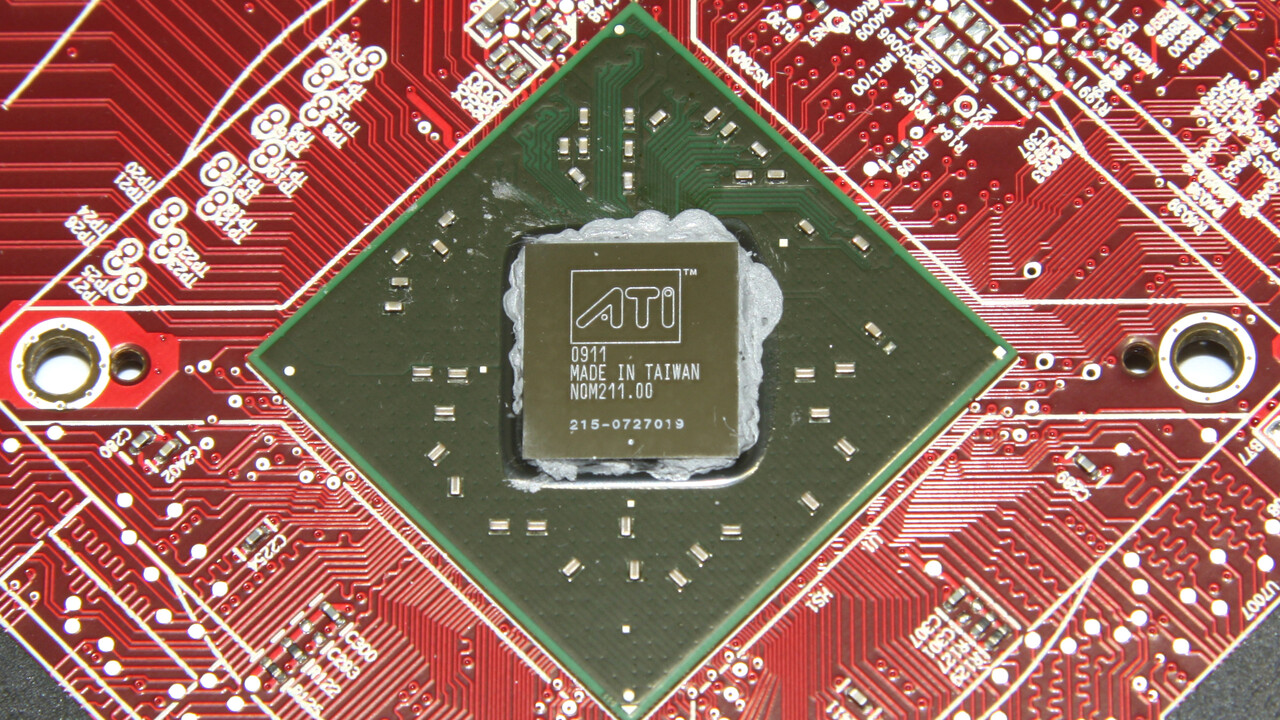A landscape that changes from sand dunes, dingoes and coastal heathland to mangrove forest and subtropical rainforest: Fraser Island is one of Australia’s most iconic landmarks. Located 300 kilometers north of Brisbane in the state of Queensland, the island is the world’s largest sand island and a UNESCO World Heritage Site with 185,000 hectares of sand and 124 kilometers of sandy beaches.
Read more after the ad
Read more after the ad
This iconic Australian attraction is now set to change its name from Fraser Island to Kekari, pronounced ‘Kurry’. Derived from the traditional creation story, the word comes from the local tribal language and means ‘heaven’. The name is actually not entirely new – in fact, the island has always been called K’gari. However, the British colonial rulers renamed the island as Fraser Island.
It’s almost like an exhibit on the coast of Fraser Island: Maheno’s Shipwreck.
© Source: unsplash.com
OK past mistakes
The latter name comes from a famous shipwreck that saved itself on the island in the 19th century: Scottish Eliza Fraser and her husband, the ship’s captain Fraser, were both stranded on the island in 1836 after their ship went down. Captain Fraser died or was killed and his wife was captured and stripped of her clothes by local tribesmen. After her rescue her false stories eventually lead to the massacre of the island’s locals.
Read more after the ad
Read more after the ad
Now to atone for this injustice a little, the island must officially bear its original name again. The consultation period for the name change ends on Thursday, and the renaming should be officially completed by the end of the year. “I think this is an important moment in history,” Queensland Environment Secretary Meagan Scanlan told Australian broadcaster ABC.
Islanders win climate case against Australia
According to the UN Human Rights Committee, Australia is not adequately protecting Torres Strait Islanders from the effects of climate change.
© Source: Reuters
“The Most Honorable Name”
According to the minister, this will “recognize some past mistakes”. By dropping the name Fraser Island and using the name Kegari, the island has a “higher respectable name”. Chantal van Wamelen, chief executive of the local Putzulla Aboriginal Corporation, said renaming the original name was also telling the truth.
Suggested editorial content
At this point you will see external content Instagram, Inc., which concludes the article. You can view it in one click.
I consent to being shown external content. This allows personal data to be sent to third-party sites. More on this in our Privacy Notices.
Read more after the ad
Read more after the ad
“We don’t want to name the island after Eliza Fraser, who is not a friend of Putzulla’s,” he said. “The false stories she spread about us led to the mentality of our people.” He hopes the name “doesn’t stick right away” and will become the norm for generations to come.
A symbol of harmony
Australia’s most famous landmark, Uluru/Ayers Rock, has meanwhile been renamed to its original name. Long before Europeans arrived on the fifth continent, the rock in central Australia was called Uluru – a word from the language of the local Bidjandjatjara people, for which there is no translation. However, when the British explorer William Gosse was the first non-Aboriginal to see Uluru in 1873, he named it Ayers Rock after Sir Henry Ayres, the former Prime Minister of the state of South Australia.
Until 1993, the name Ayers Rock was more commonly used, but since the rock was officially renamed Ayers Rock/Uluru and later Uluru/Ayers Rock, Uluru became more common.
/cloudfront-eu-central-1.images.arcpublishing.com/madsack/M4M55XDC7PPN5Z7IBYU3BO42EM.jpg)
Australia’s “holy mountain”, Uluru, has not been allowed to be climbed by tourists since 2019.
© Source: Christoph Sator/dpa
Read more after the ad
Read more after the ad
A few days ago, a national park in the state of New South Wales was renamed. The former Ben Boyd National Park is now known as Beowa National Park at the request of the local Aboriginal people. The case cleared the name of a notorious slave trader.
The name changes also represent a sign of reconciliation with indigenous peoples, coming at a time that marks a historic turning point in the relationship between Australia’s indigenous peoples and other peoples. New Australian Prime Minister Anthony Albanese, who has formed a government with his Labor Party after parliamentary elections in May, wants to give Australia’s indigenous people an “indigenous vote” in parliament through a referendum. The latter aims to give “First Nations” a say in issues affecting them.

“Friend of animals everywhere. Web guru. Organizer. Food geek. Amateur tv fanatic. Coffee trailblazer. Alcohol junkie.”






/cloudfront-eu-central-1.images.arcpublishing.com/madsack/FXGRN3MZQFG6ZM4GTJEHYASFAA.jpg)
More Stories
Government gives green light to recognize GMB union
Environmental Protection: The US has banned oil and gas drilling in parts of Alaska
Australia has fined Macquarie Bank $6.4 million for failing to prevent illegal third-party transactions.